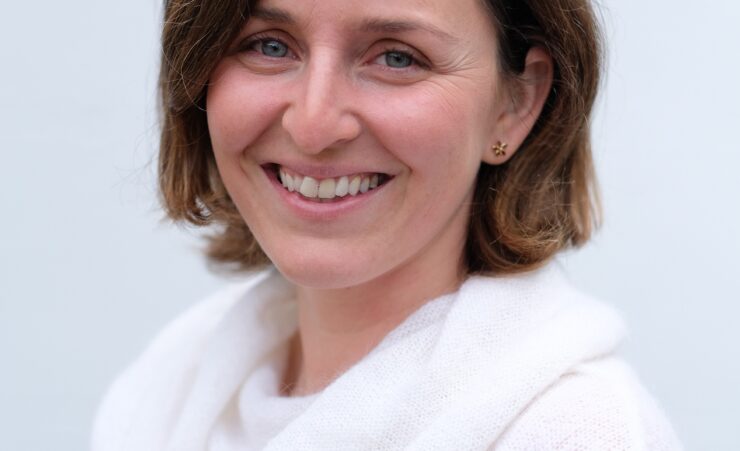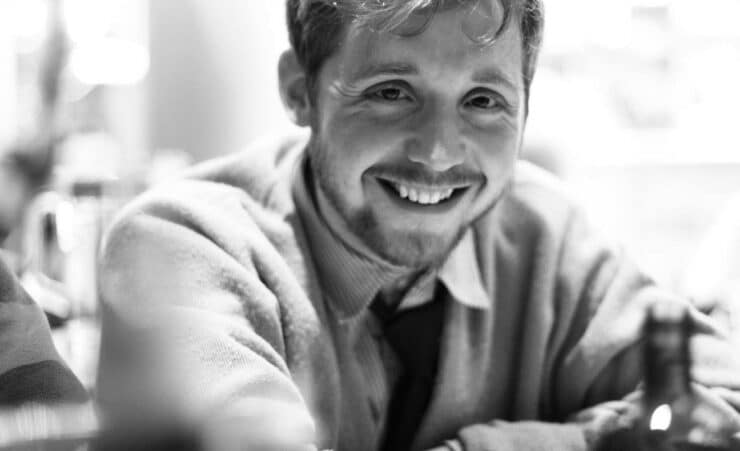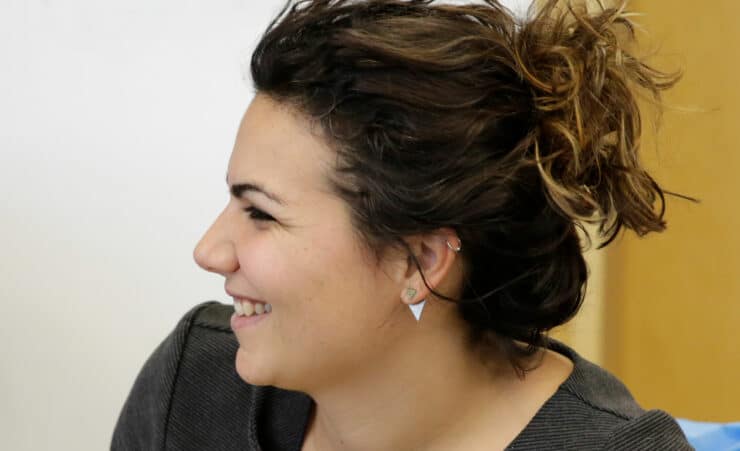
Becoming a learning organisation – learning as a set of small, easy to introduce, habits
The Center for Evaluation, based in Washington DC, have pioneered a “learning habits” approach to becoming a learning organisation. In our first Letter from America – our blog series sharing evaluation insights from across the pond – Tanya Beer (Center for Evaluation Innovation) shares the theory behind their ‘learning organisation’ method and we talk to Irit Houvras (American Jewish World Service) about introducing ‘learning habits’ into the day-to-day work of her organisation.
We ask Irit Houvras (American Jewish World Service) about introducing ‘learning habits’ into the day-to-day work of her organisation
Why did you decide to give learning habits a try at American Jewish World Service (AJWS)?
I was invited to participate in the Center for Evaluation Innovation’s Lab for Learning just as we were refining our monitoring and evaluation (M&E) system. One of our main goals for overhauling the M&E system was to increase reflection and learning opportunities, especially across teams, countries and regions. It was the perfect time to test out some of the new learning habits that I’d explored with the Lab for Learning — but I wanted to do it without placing the burden of extra training on staff, who already had plenty of demands on their time.
How did you decide which habits to focus on?
Based on existing planned work and points of engagement with programmatic staff, I decided what habits made sense. I experimented with the habits:
- ‘Making thinking visible’
- ‘Answering the “now what?” question’
It was a great year to be experimenting as it happened to be a busy year rolling out revised M&E procedures, with numerous and varied opportunities. I selected habits that were a natural fit with the opportunities – while I had hoped to work on ‘asking powerful questions’, the activities were better suited to ‘making thinking visible’ and ‘answering the now what’.
I was pleasantly surprised to see how quickly these learning habits picked up momentum throughout the organization. My experiment showed how the right habit can strengthen existing learning efforts and instill new concepts that can be easily adopted—without a formalized roll-out or time-consuming training for all staff.
Can you tell us a bit more how you did this?
Making Thinking Visible. This habit is about clarifying underlying assumptions in people’s thinking and pinpointing what we need to learn next. To put it into action, I added a new step to prepare for AJWS’s first biannual reflection sessions: facilitating before- and after-action reviews.
After-action reviews, first developed by the U.S. Army, are used to clarify the intended results of an action (before) and compare these intended results to what actually happened (after), so teams can discuss what contributed to the actual results and consider ways to optimize their actions in the future. The after-action review process supported AJWS staff—especially those who are critical to coordinating team efforts but are not in formal leadership roles—to make a bigger contribution to organizational learning. It’s an important step, given AJWS’s commitment to gather perspectives from people working at all levels of the organization. The review process also contributed to directors on the grantmaking team better communicating their thinking to their staff. Together, we were able to unearth ways in which we could all contribute to improving the year-end reflection sessions.
Answering the “Now What” Question. After gathering new information or experiencing something new, most people spend a lot of time focused on what happened. They often spend less time discussing why it was important and how it should influence future actions. To apply this habit at AJWS, I prompted staff to pivot their reflections, focusing less on answering the “What?” and more on investigating the “So what?” and the “Now what?”
I integrated these questions into a training activity on our revised M&E form. During the activity, staff had limited time to report on the “What?” question. They also visualized the “What?” in a simple chart, which helped them move on to the “So what?” and the “Now what?” Holding staff to a short window for discussing what happened was essential to making this process efficient. While they only had 5 minutes to share deeply complicated information, their summaries were still rich and the prompts to discuss implications and next steps led to meaningful dialogue.
Later, in an unexpected turn of events, senior staff (including our executive team) began using the “What? So what? Now what?” framework in other settings, including a board of trustees meeting. When the exercise was repeated with the board, the trustees had the chance to discuss and better understand the staff’s decision-making—and the strategic thinking behind it.
Read more about this learning habit and others in this Medium post by Julia Coffman at the Center for Evaluation Innovation. Find more lessons from the Lab for Learning here.
Tanya Beer is the co-facilitator of our 18-monthly Evaluation Roundtable, which convenes UK Trust and Foundation Leaders. We’ll be discussing learning habits with Tanya at the Evaluation Roundtable Community of Practice on 6 March 2020 and will continue to reflect on and share insights related to the theme.


